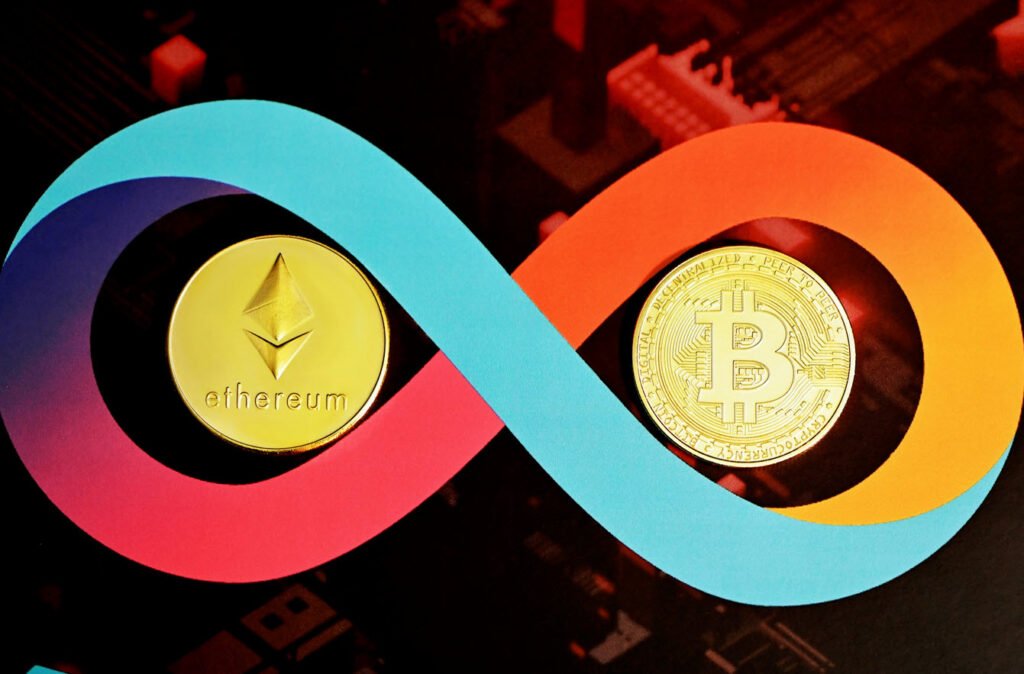Cryptocurrency has become a popular investment opportunity, attracting millions of people worldwide. While it offers the potential for high profits, the industry is also filled with scams, frauds, and rug pulls. Scammers prey on the excitement of new investors and those looking for quick gains. Understanding the warning signs of crypto scams can help protect your money and keep you safe.
This article will explain how to spot and avoid crypto scams and rug pulls in simple terms.
What is a Crypto Scam?
A crypto scam is any fraudulent activity that aims to deceive investors into giving away their money or assets. These scams come in various forms, including fake investment platforms, Ponzi schemes, phishing attacks, and fake giveaways. The goal of scammers is to trick people into believing they will make money, only to disappear with their funds.
What is a Rug Pull?
A rug pull is a specific type of crypto scam where developers create a project, promote it heavily, attract investors, and then suddenly remove all liquidity or funds from the project, leaving investors with worthless tokens. This is common in decentralized finance (DeFi) projects and new cryptocurrencies that lack proper oversight.
Types of Crypto Scams
1. Ponzi and Pyramid Schemes
These scams promise high returns with little risk. They pay earlier investors using money from new investors rather than legitimate profits. Once new investments stop, the scheme collapses, and most participants lose their money.
2. Fake Investment Platforms
Some scammers create fake trading or investment platforms that look legitimate but are designed to steal money. They may allow small withdrawals initially to build trust, but larger amounts will be blocked or disappear.
3. Phishing Attacks
Phishing scams involve fake emails, websites, or messages that trick users into revealing their private keys, passwords, or seed phrases. Once scammers gain access, they steal funds from the victim’s wallet.
4. Pump and Dump Schemes
Scammers artificially inflate the price of a cryptocurrency by spreading misleading information. Once the price rises, they sell off their holdings, causing the price to crash and leaving other investors with losses.
5. Fake Giveaways
Scammers pretend to be famous personalities or companies offering free crypto in exchange for a small deposit. Once users send money, they receive nothing in return.
6. Rug Pulls in DeFi Projects
Developers launch a new cryptocurrency or DeFi project, promote it, attract investors, and then withdraw all liquidity, making the token worthless.
How to Spot a Crypto Scam or Rug Pull
1. Unrealistic Promises of High Returns
If an investment opportunity promises guaranteed profits or extremely high returns with little risk, it is likely a scam. Crypto investments always carry risks, and no legitimate project can promise profits.
2. Lack of Transparency
Scam projects often have anonymous developers or teams with no verifiable background. Always check the credibility of the team behind a project by researching their history and online presence.
3. Poor or No Whitepaper
A legitimate crypto project should have a whitepaper explaining its purpose, technology, and goals. If a project lacks a whitepaper or has a poorly written one, it is a red flag.
4. No Liquidity Lock or Smart Contract Audit
In DeFi projects, check if liquidity is locked and whether the smart contract has been audited by reputable firms. If liquidity is not locked, developers can withdraw all funds at any time.
5. Pressure to Invest Quickly
Scammers often create a sense of urgency, claiming that an opportunity will disappear soon. Take your time to research before making any investment decisions.
6. Fake Social Media Endorsements
Be cautious of projects that claim endorsements from celebrities or influencers without proof. Scammers often use fake accounts or doctored images to create false credibility.
7. Sudden and Extreme Price Movements
If a new cryptocurrency’s price skyrockets suddenly without any real-world use case or technology behind it, it could be a pump-and-dump scheme.
How to Avoid Crypto Scams and Rug Pulls
1. Do Your Own Research (DYOR)
Before investing in any crypto project, research its team, technology, roadmap, and community engagement. Look for independent reviews and opinions.
2. Use Trusted Exchanges and Platforms
Stick to reputable and well-established crypto exchanges and investment platforms. Avoid unknown websites or apps that ask for private information.
3. Verify Smart Contracts and Liquidity Locks
If investing in a new token, check if its smart contract is verified and audited. Also, ensure the liquidity is locked for a significant period.
4. Be Skeptical of “Too Good to Be True” Offers
Any offer that sounds too good to be true probably is. If a project guarantees profits or unrealistic returns, avoid it.
5. Enable Security Measures
Use two-factor authentication (2FA), keep your private keys secure, and never share sensitive information with anyone.
6. Watch for Community Red Flags
Check online forums, Reddit, and Twitter for discussions about the project. If multiple people report concerns or suspicious activities, be cautious.
7. Avoid Sending Crypto to Unknown Addresses
Never send your crypto to someone promising returns or giveaways. Legitimate companies do not ask for crypto payments upfront.
What to Do If You Fall for a Scam?
If you suspect you’ve been scammed:
- Report it to your local authorities and financial regulatory bodies.
- Contact the exchange where the transaction occurred.
- Warn others in online communities to prevent further victims.
- Be cautious in the future and learn from the experience.
Final Thoughts
While the crypto space offers exciting investment opportunities, it also comes with risks. Scammers are constantly finding new ways to exploit investors. By staying informed, doing thorough research, and following security practices, you can protect yourself from crypto scams and rug pulls. Always remember: if something seems too good to be true, it probably is.
Stay safe and invest wisely!



